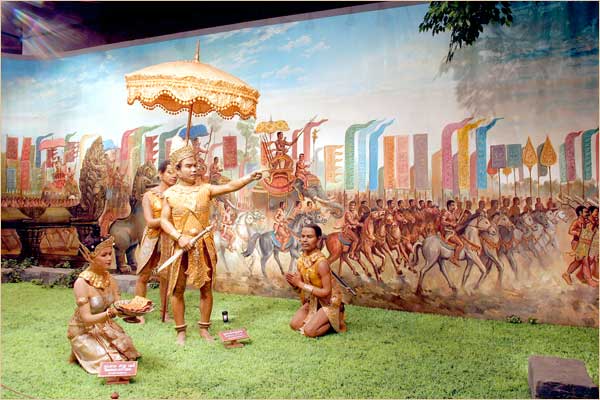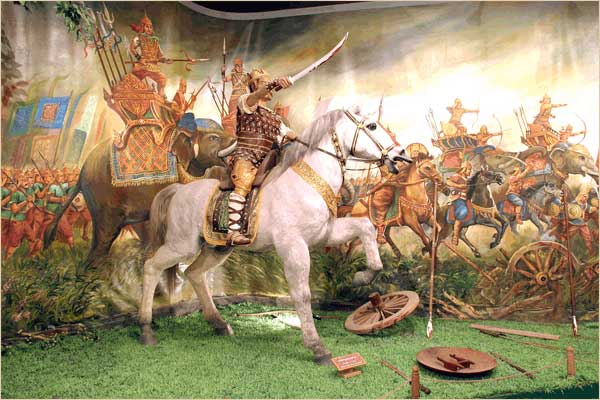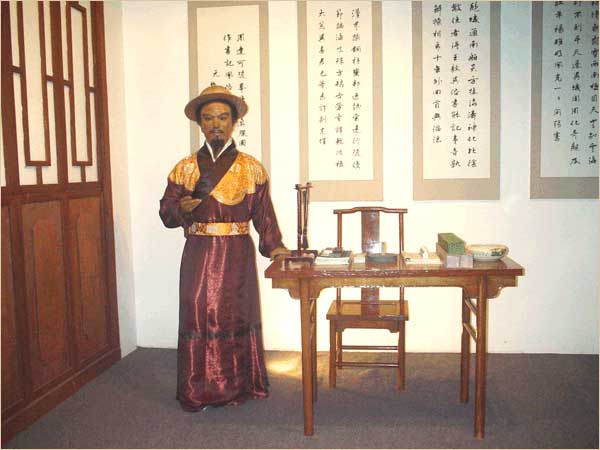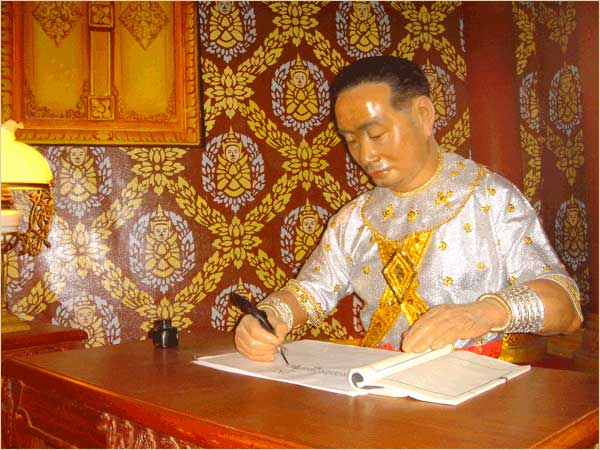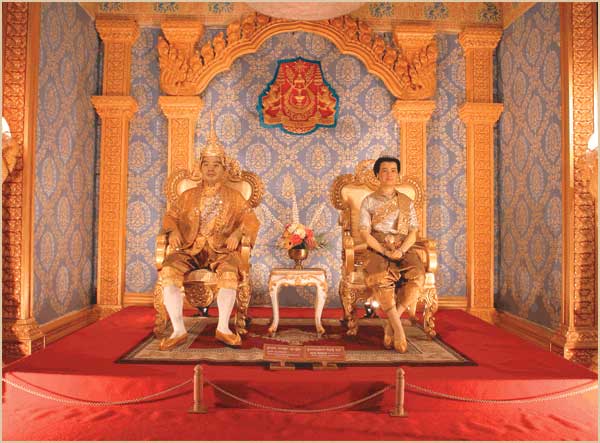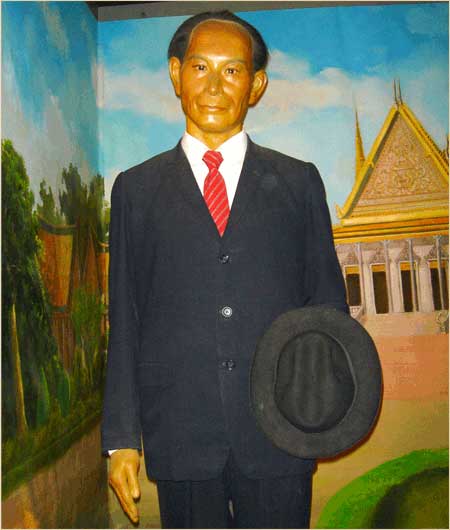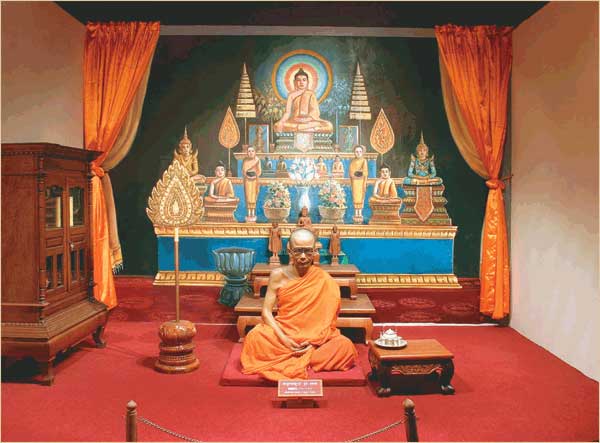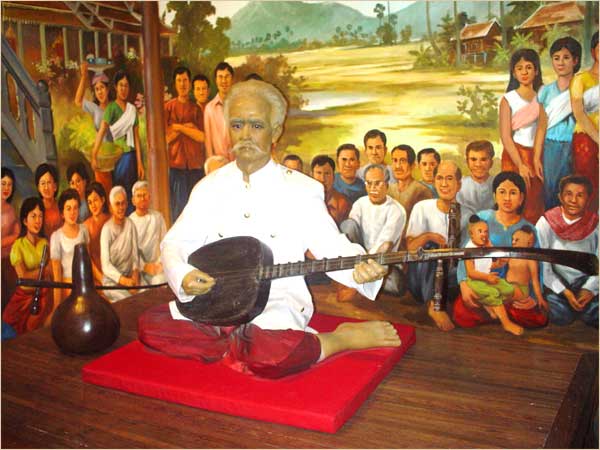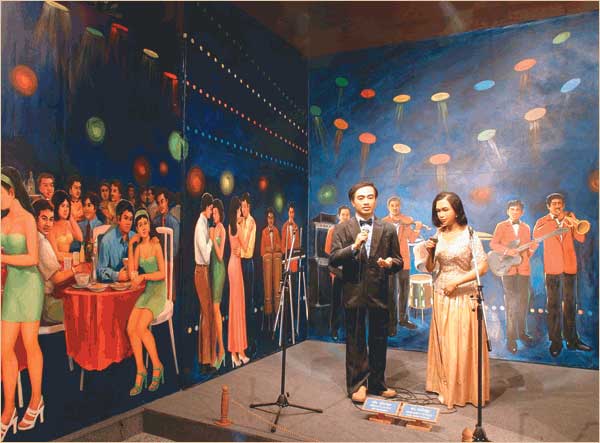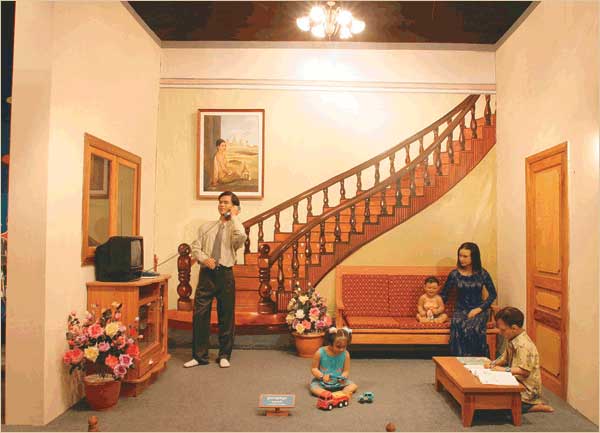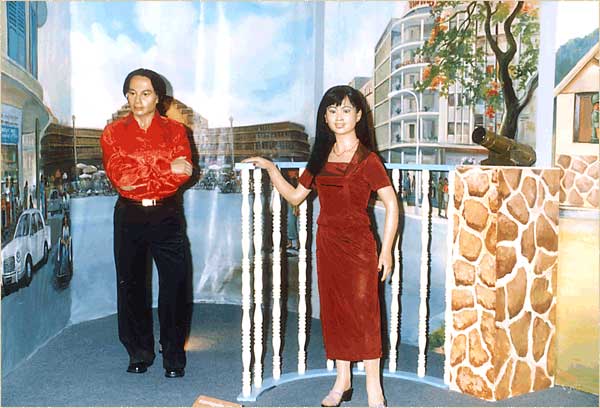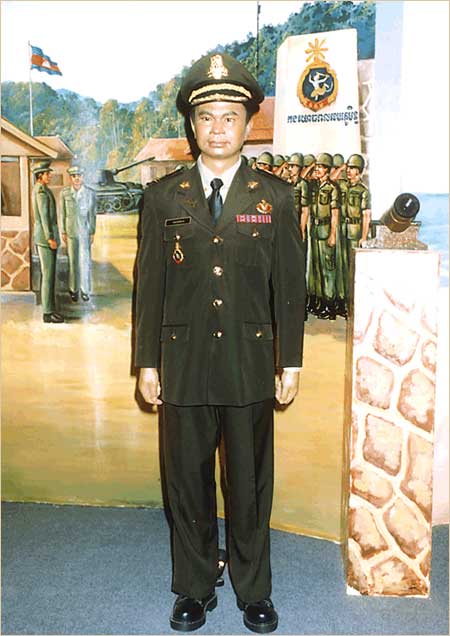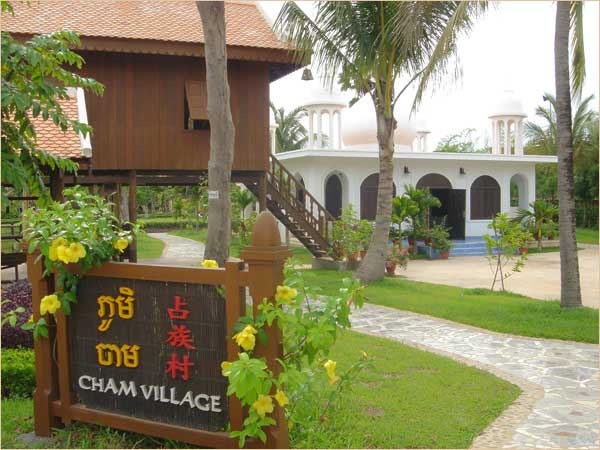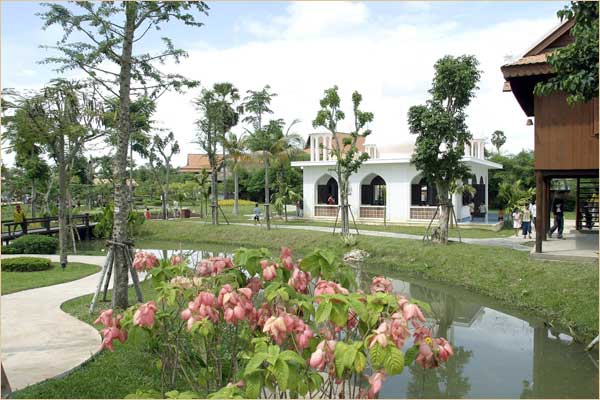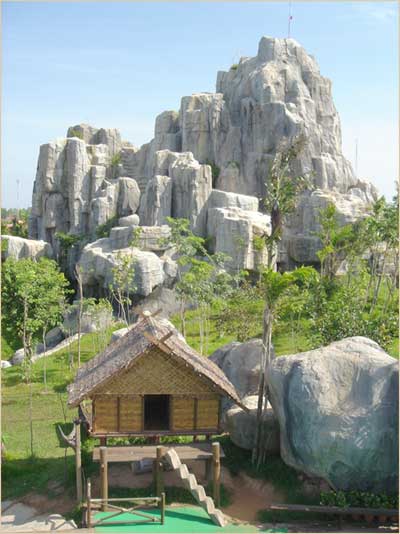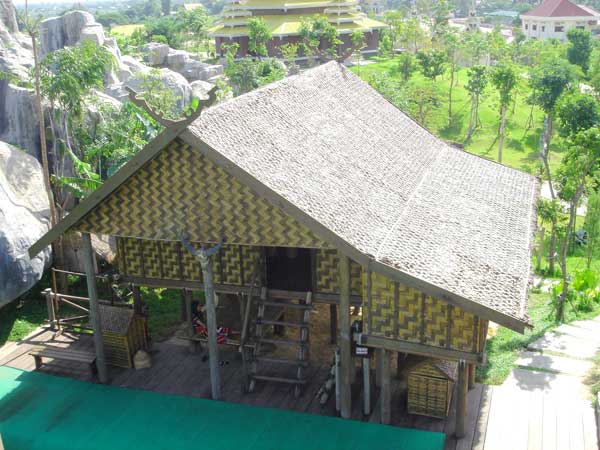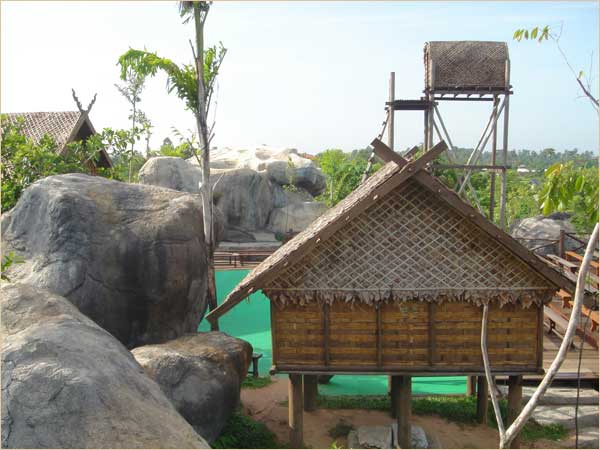The Kingdom of Cambodia, formerly known as Kampuchea, is a country in South East Asia with a population of over 14 million people. The kingdom's capital and largest city is Phnom Penh. Cambodia is the successor state of the once powerful Hindu and Buddhist Khmer Empire, which ruled most of the Indochinese Peninsula between the eleventh and fourteenth centuries.
A citizen of Cambodia is usually identified as ''Cambodian'' or ''Khmer,'' though the latter strictly refers to ethnic Khmers. Most Cambodians are Theravada Buddhists of Khmer extraction, but the country also has a substantial number of predominantly Muslim Cham, as well as ethnic Chinese, Vietnamese and small animist hill tribes.
Cambodia is truly ''A World of Treasures'' which has undergone testing times in the past but fortunately for the tourists, most of her wonders have survived and being rich as it is in history, arts, architecture and culture, there is always somewhere and something to cater to your fancy.
The magnificent Angkor Wat in Siem Reap needs no introduction of course but Cambodia is not just about temples and ruins. This is an amazing country with infinite grace and natural beauty. It has some of Asia's most exciting and original adventures since much of the country remains yet to be explored. The north-eastern region of Rattanakiri has a wealth of jungle, rivers, lakes and waterfalls and is inhabited by a few interesting minority groups. Exploration here is best done on elephant back although vehicles do have access to most of the area. The coastline boasts some of the finest beaches although some come especially to cruise the mighty Mekong and the Tonle Sap Lake, an important source of fish.


























 Angkor Wat is surrounded by a moat 190 meters wide. During the wet season, the water in the moat mirrors the splendid beauty of the complex. Angkor Wat has only two entrances, the east entrance and the west entrance, both of which are guarded by statues of Vishnu. Upon entering Angkor Wat, visitors will see a large, imposing square column. On all four sides of this huge column are relief sculptures – each telling a different story. The first wall depicts how the Angkor Empire was built and how the king and his generals planned to fight in battlefields. The second depicts Hindu reincarnation – good deeds in this life will ensure a better next life; whereas evil deeds will demote you for your next life. The third wall tells how Vishnu protracted the kingdom and her people. And the last wall shows how the people revered, praised and glorified their god-king.
Angkor Wat is surrounded by a moat 190 meters wide. During the wet season, the water in the moat mirrors the splendid beauty of the complex. Angkor Wat has only two entrances, the east entrance and the west entrance, both of which are guarded by statues of Vishnu. Upon entering Angkor Wat, visitors will see a large, imposing square column. On all four sides of this huge column are relief sculptures – each telling a different story. The first wall depicts how the Angkor Empire was built and how the king and his generals planned to fight in battlefields. The second depicts Hindu reincarnation – good deeds in this life will ensure a better next life; whereas evil deeds will demote you for your next life. The third wall tells how Vishnu protracted the kingdom and her people. And the last wall shows how the people revered, praised and glorified their god-king.
